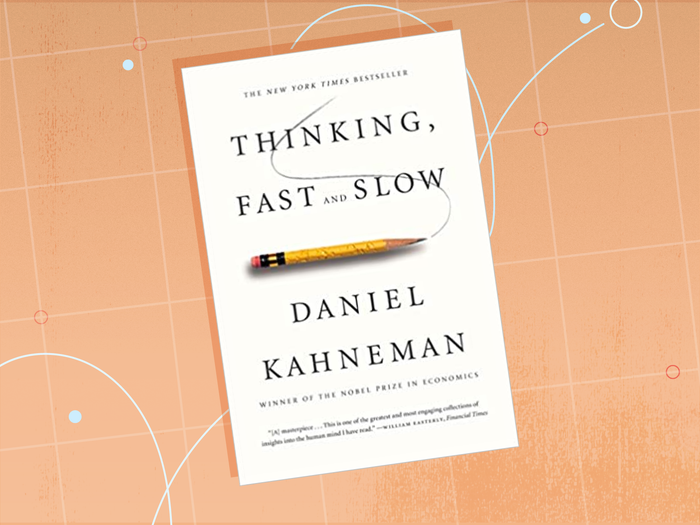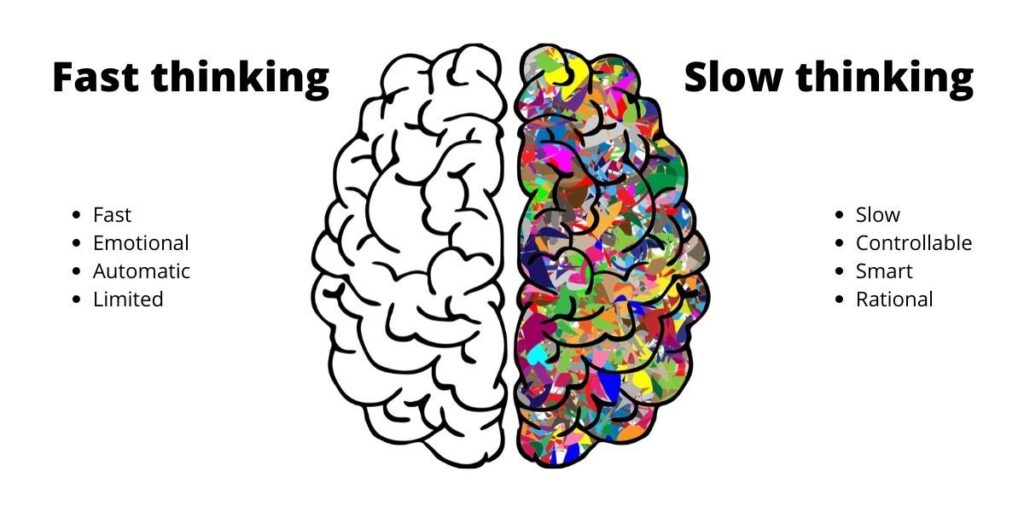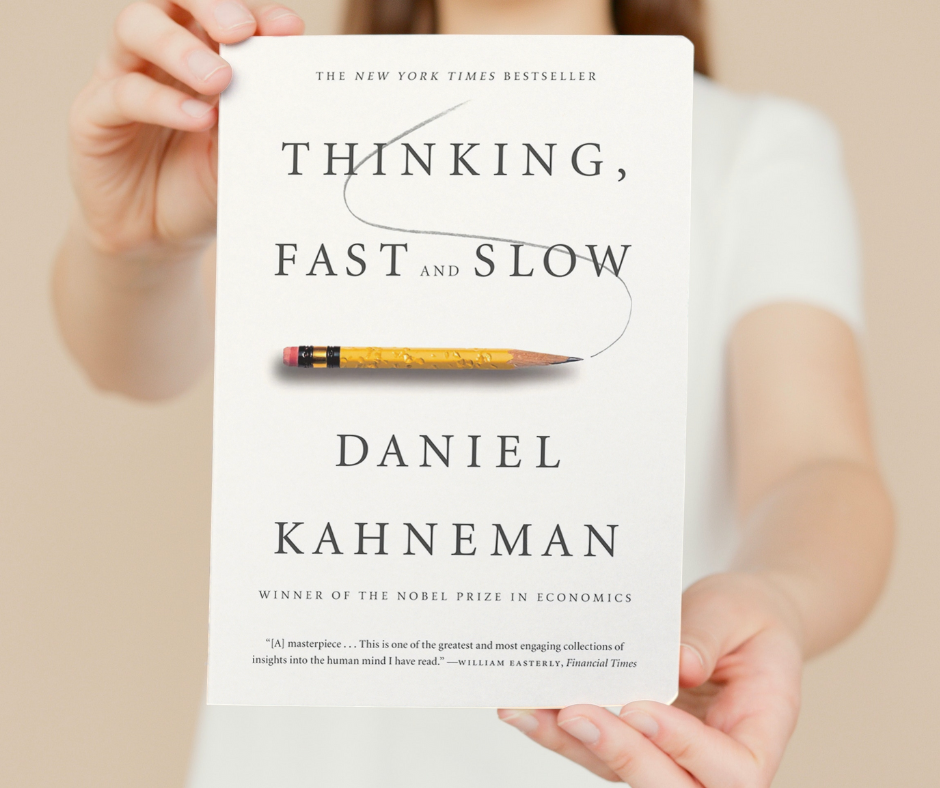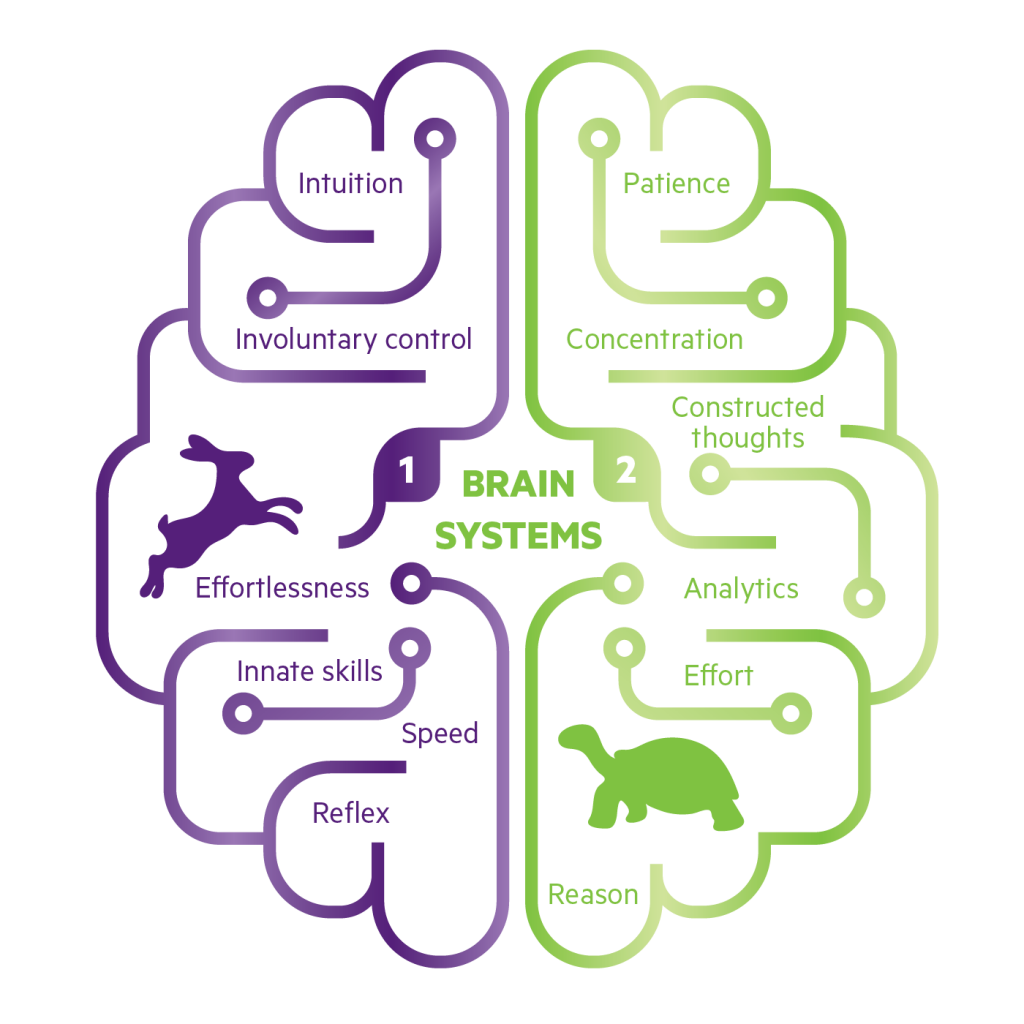"Thinking, Fast and Slow" by Daniel Kahneman is a profound exploration of the human mind, dissecting the dual systems that govern our thinking and decision-making. Here is a detailed summary of the key points presented in the book:


System 1 and System 2
The core concept in the book is the idea of two systems of thought:
- System 1 is fast, automatic, and intuitive. It operates effortlessly and quickly, with little sense of voluntary control.
- System 2 is slow, deliberate, and analytical. It requires effort, is conscious, reasoned, and capable of following rules.
Cognitive Biases and Heuristics
Kahneman delves into the biases and heuristics that influence decision-making:
- Anchoring: The tendency to rely heavily on the first piece of information encountered (the “anchor”) when making decisions.
- Availability Heuristic: Judging the likelihood of events based on how easily examples come to mind. This can lead to overestimating the frequency of dramatic events
Sure! Here’s a summary of “Thinking, Fast and Slow” by Daniel Kahneman:

“Thinking, Fast and Slow” is a groundbreaking work by Nobel laureate Daniel Kahneman, which delves deep into the dual systems of thought that drive our decisions and behavior. Through decades of research, Kahneman presents a comprehensive exploration of the mind’s two systems: System 1 (fast, automatic thinking) and System 2 (slow, deliberate thinking).
System 1 operates effortlessly and intuitively. It’s the part of our brain responsible for quick judgments, reflex responses, and general impressions. This system is always active, processing vast amounts of information rapidly, often relying on heuristics or mental shortcuts to make sense of the world. While it helps us navigate everyday life efficiently, it is also prone to biases and errors. For example, System 1 might lead us to overestimate the frequency of dramatic events (like plane crashes) because they are vivid in our memories.
System 2 is deliberate, analytic, and effortful. This system kicks in when complex problems require deeper analysis, logical reasoning, or conscious thought. It demands significant mental energy and focus, which is why we often default to System 1. System 2 is also responsible for self-control and critical thinking, but its engagement is limited by cognitive load and mental fatigue. For instance, solving a challenging math problem or planning a detailed project would require the input of System 2.
Kahneman illustrates how these systems interact and the profound impact they have on our decisions. A key theme of the book is the concept of cognitive biases—systematic patterns of deviation from rational judgment. Kahneman identifies several such biases, including:
- Anchoring: The tendency to rely heavily on the first piece of information encountered (the “anchor”) when making decisions.
- Availability Heuristic: Evaluating the probability of events based on how easily examples come to mind.
- Loss Aversion: The fear of losses being more influential than the lure of equivalent gains.
- Framing Effects: Decisions being influenced by the way information is presented rather than the information itself.

Another crucial concept Kahneman discusses is Prospect Theory, which he developed with Amos Tversky. This theory suggests that people value potential losses and gains differently, leading them to make decisions based on perceived gains rather than absolute outcomes. For example, people are generally more averse to losing $100 than they are motivated to gain $100.
Kahneman also explores the illusion of understanding, where past events feel predictable and logical in hindsight (hindsight bias), and the overconfidence people often have in their own knowledge and predictions. He emphasizes the importance of acknowledging these biases to improve decision-making processes in both personal and professional contexts.
One of the significant insights from the book is that while System 1 is crucial for quick judgments and navigating daily life, we must be aware of its limitations and the potential for errors. By engaging System 2 more deliberately, we can mitigate some of these biases and make more thoughtful decisions.
In summary, “Thinking, Fast and Slow” is an enlightening journey into the human mind, uncovering the intricacies of our thought processes. Kahneman’s work challenges the notion of humans as entirely rational beings, highlighting the subtle and often unconscious influences on our decisions. By understanding the interplay between fast, intuitive thinking and slow, deliberate analysis, we can better navigate our complex world, making choices that reflect our true intentions and improve our overall well-being.

